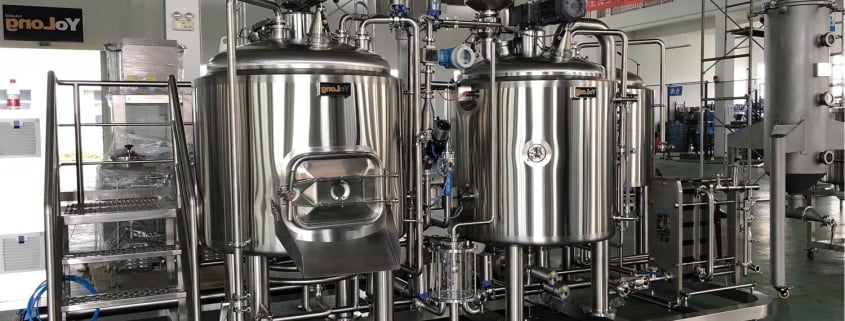Why Steel Conical Fermenters Are the Best Choice
Benefits of Using Stainless Steel Conical Fermenters
You might be wondering, “Why not just use a plastic bucket or a glass carboy?” Good question. Here’s the scoop: stainless steel conical fermenters aren’t just about looking fancy (though they totally do). They offer real, tangible benefits that improve both the quality of your beer and your brewing experience.
First off, durability is a game-changer. Stainless steel is incredibly tough. It doesn’t crack, warp, or degrade over time like plastic or glass. Plus, it’s resistant to staining and won’t absorb odors or flavors, which keeps your brews pure batch after batch.
Then there’s hygiene. Stainless steel is way easier to clean and sanitize, which means fewer chances for your brew to get infected. A smooth, non-porous surface helps prevent bacterial hideouts, and you can even use heat (like steam or boiling water) without worrying about melting anything.
Control is another huge perk. Many steel conical fermenters come with built-in thermowells and glycol jacket options, allowing precise temperature management — crucial for getting the flavor profile you want. And with valves for sampling, racking, and dumping yeast, you get to handle your beer like a boss.
Lastly, versatility and scalability matter. You can start with a 7-gallon fermenter for homebrewing and scale up to 100+ gallons as your hobby (or business) grows. Stainless fermenters grow with you, quite literally.
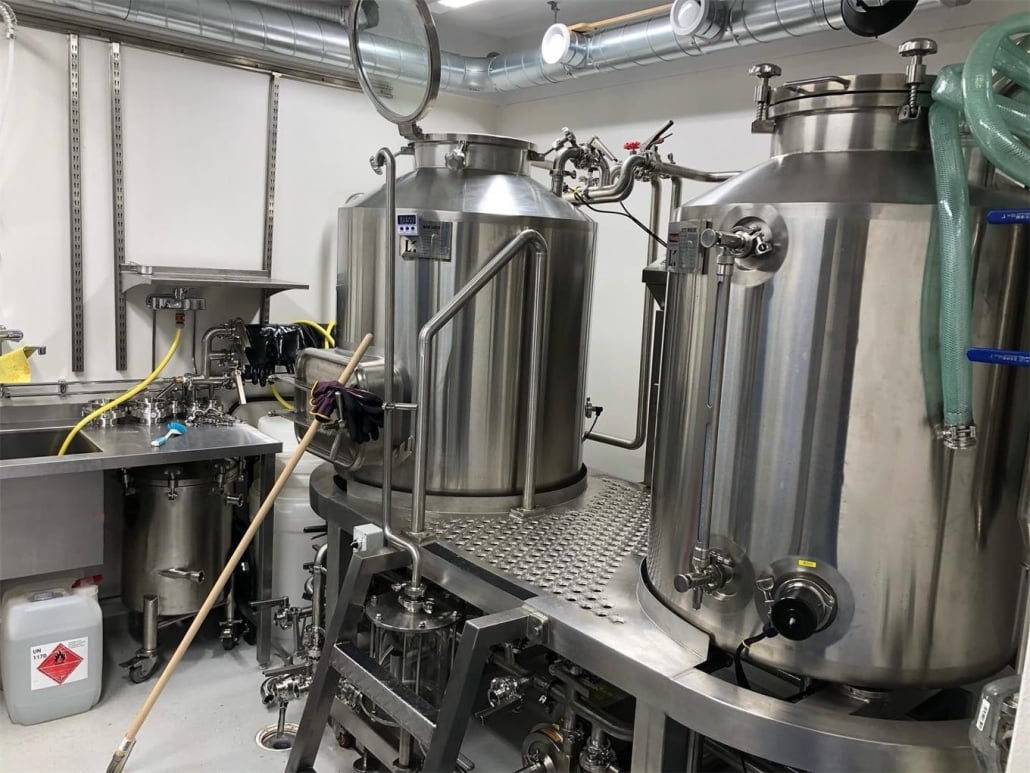
Applications: Homebrewing vs Commercial Use of Conical Fermenters
Let’s talk use cases. Whether you’re brewing in your garage or running a full-blown microbrewery, a steel conical fermenter can fit right into your setup — with a few differences in scale and features.
For homebrewers, conical fermenters bring professional-level control to kitchen-scale batches. With a 5 to 14-gallon unit, you can ferment with precision and reuse yeast like the pros. Many home models are compact, come with rolling stands, and have built-in blow-off valves and ports for dry hopping.
Now, if you’re in the commercial brewing world, it’s all about consistency and volume. Commercial conicals range from 1 barrel (31 gallons) to 100+ barrels. These beasts are jacketed for glycol chilling, outfitted with digital temperature controls, and engineered for CIP (Clean-In-Place) systems. Breweries depend on this tech to scale recipes, maintain quality, and increase output efficiently.
In short, whether you’re brewing a weekend batch or supplying local bars, stainless steel conicals deliver scalability, cleanliness, and control at every level.
How to Choose the Right Conical Fermenter for Your Brewery or Home Setup
| Feature | Homebrewing Needs | Commercial Brewing Needs |
|---|---|---|
| Volume | 5 – 14 gallons | 1 – 120 barrels (31 – 3,720 gallons) |
| Material Grade | 304 stainless steel | 304 or 316L for higher corrosion resistance |
| Temperature Control | Thermowell or simple jacket | Full glycol jacket with multiple zones |
| Pressure Capability | Low (0-5 PSI max) | High (up to 30 PSI) for pressure fermentation |
| Port Configuration | Basic dump valve, sampling port | Tri-clamp fittings, CIP port, carbonation stone, racking arm |
| Mobility | Casters, compact footprint | Anchored base or forklift-compatible legs |
| Automation | Manual temperature checks | Digital controls, automation systems |
| Cleaning System | Manual cleaning | CIP (Clean-In-Place) with rotating spray balls |
Choosing the right conical fermenter is like choosing the right car: think about what you’ll use it for most. Going commercial? You’ll want bells and whistles. Brewing small batches at home? Keep it simple, but don’t skimp on quality.
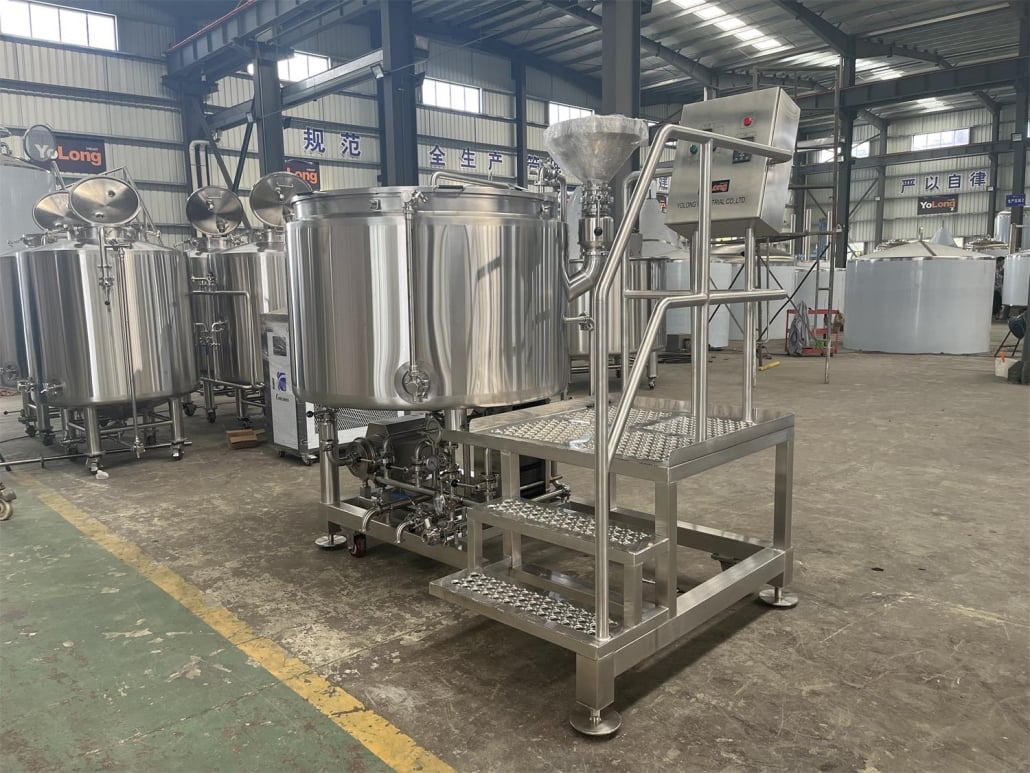

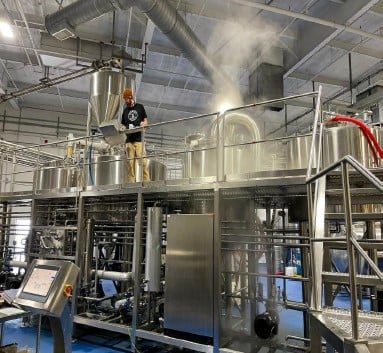
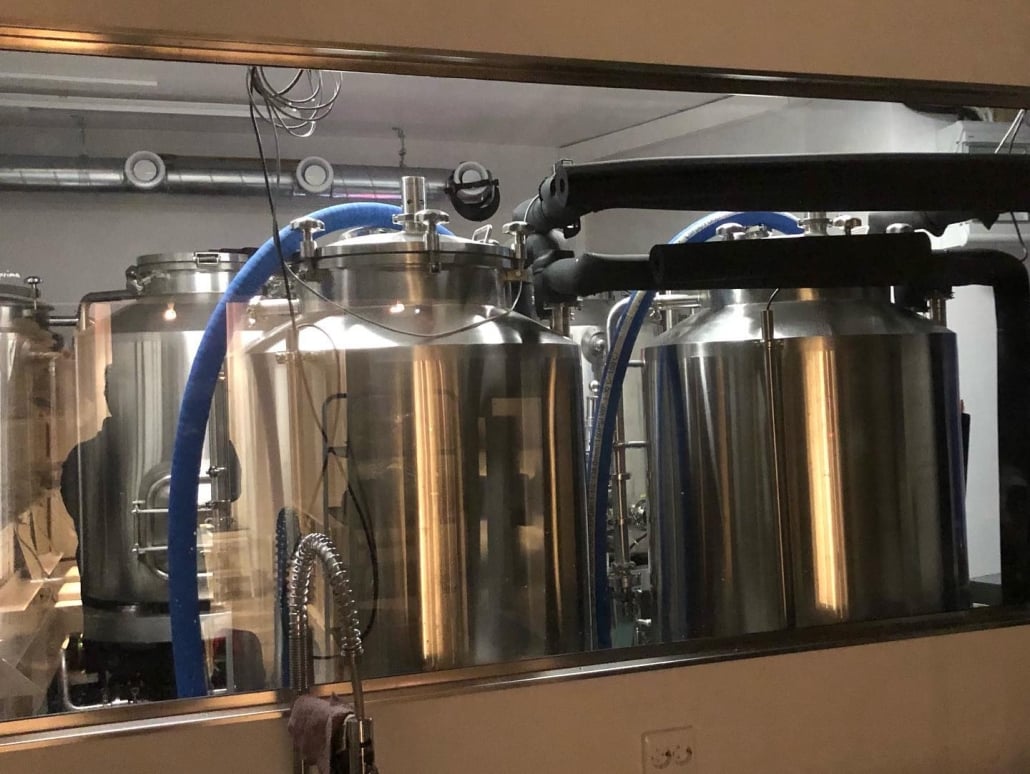
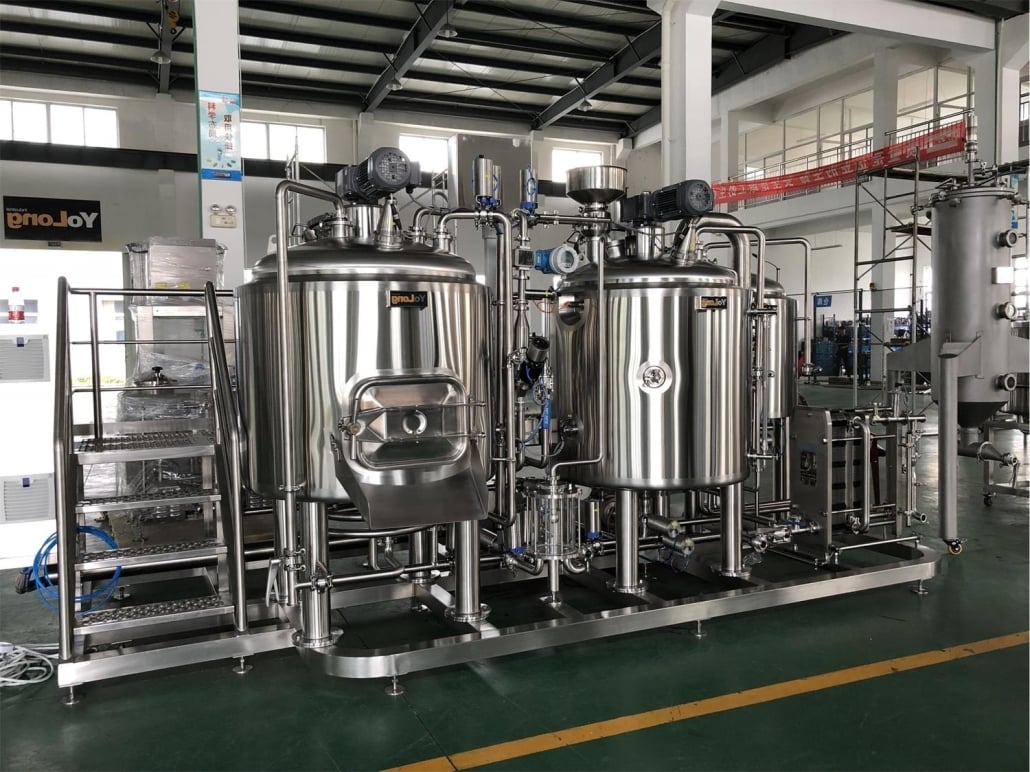

Maintenance Tips for Microbrewery Equipment for Sale
Investing in a microbrewery setup is a big move — and protecting that investment comes down to one word: maintenance. Steel conical fermenters might be low-maintenance compared to other materials, but “low” doesn’t mean “none.”
Clean immediately after use. The sooner you clean, the less chance anything gets crusty or difficult to remove. Use a non-abrasive cleaner and soft cloths or brushes that won’t scratch the steel.
Use approved sanitizers. Not all chemicals are stainless-steel friendly. Stick to peracetic acid, iodophor, or starsan. And rinse thoroughly — residue can affect future brews.
Inspect valves and seals regularly. Leaks are sneaky little saboteurs. O-rings and gaskets should be checked for cracks and replaced periodically.
Avoid chlorine-based products. These can cause pitting and long-term corrosion. Stainless is tough, but it’s not invincible.
Don’t ignore the exterior. Give your tank a nice wipe-down on the outside, especially if you’re brewing in a humid environment. It helps keep that sleek look and prevents rust spots from forming.
With a good maintenance routine, your conical fermenter will last for years and pay for itself many times over.
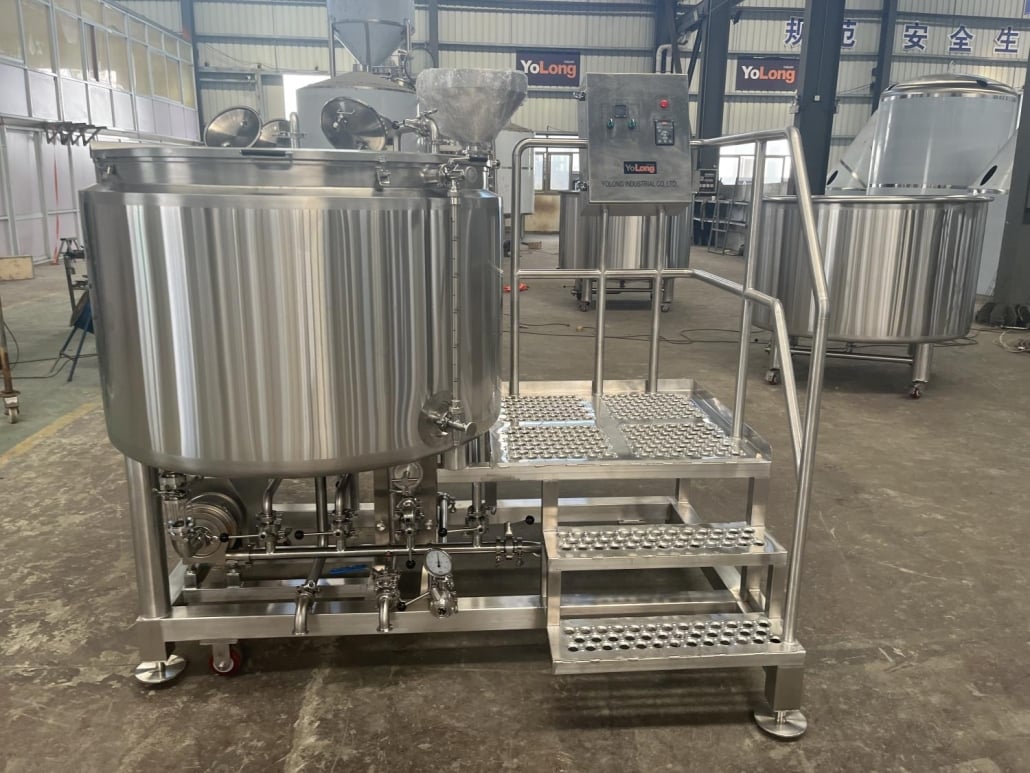
FAQs
| Question | Answer |
|---|---|
| What size fermenter should I get for homebrewing? | A 7 to 14-gallon conical fermenter is ideal for standard 5-gallon batches, giving room for krausen and blow-off. |
| Can I ferment under pressure in a stainless steel conical? | Yes, but only if the tank is rated for it. Some fermenters can handle up to 30 PSI for pressure fermentation and carbonation. |
| How long does stainless steel last in a brewing environment? | With proper maintenance, a stainless steel fermenter can last decades. Some breweries are still using tanks over 20 years old. |
| Is a jacketed fermenter worth it for home use? | Not always. Unless you’re brewing lagers or in hot climates, passive cooling (like immersion coils) might be enough for home setups. |
| How do I sanitize a stainless steel fermenter? | Use no-rinse sanitizers like Starsan or Iodophor. Make sure the fermenter is cleaned first, then apply sanitizer before use. |
| What’s the difference between 304 and 316 stainless steel? | 316 has higher corrosion resistance, especially against salt and harsh chemicals. For brewing, 304 is usually sufficient unless using saline. |
| Can I connect a glycol chiller to a homebrew fermenter? | Yes, if your fermenter has a jacket or cooling coil. Some homebrew conicals are designed with this upgrade in mind. |
| Are conical fermenters worth it over plastic buckets? | Absolutely — better sanitation, durability, control, and ease of use make conicals a smart long-term upgrade. |
| How do I dump yeast from the cone? | Open the bottom valve after primary fermentation. Yeast and trub collect in the cone, allowing easy removal without disturbing the beer. |

